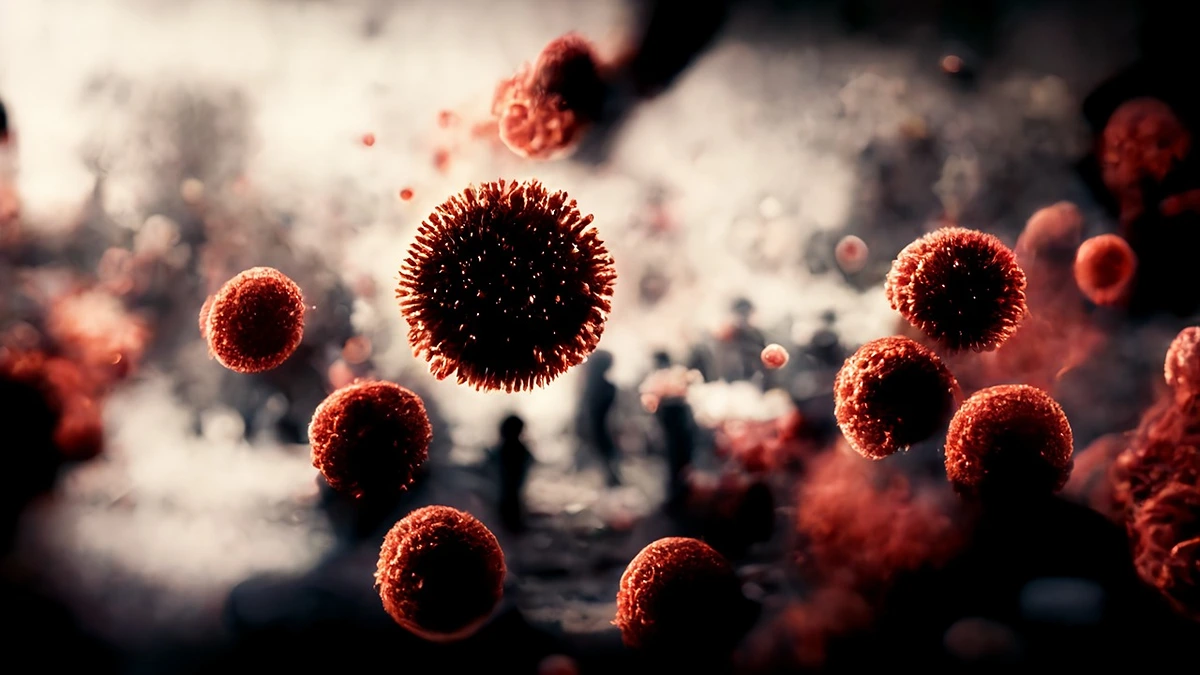Mechanisms of Antibiotic Resistance Types
There are two basic mechanisms of antibiotic resistance in bacteria which contribute in spread & dissemination of antibiotic resistance including
- Intrinsic Resistance
- Acquired Resistance
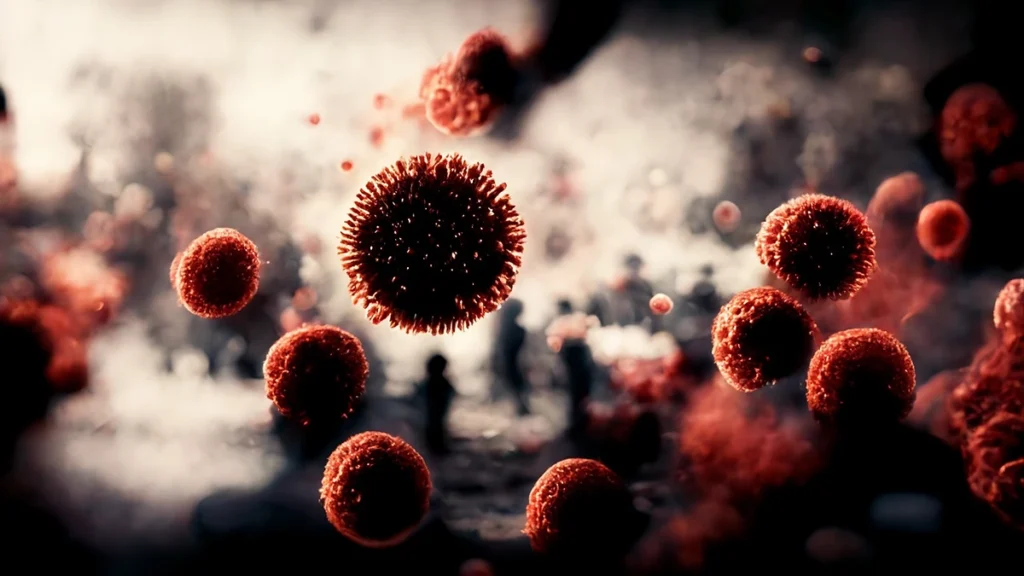
Intrinsic Mechanisms of Antibiotic Resistance
Intrinsic (natural) resistance, mechanisms of antibiotic resistance, is defines as the innate ability of the bacterial specie or genus to resist particular class of drugs. Bacteria exhibit intrinsic resistance by three mechanisms
Mechanisms of Antibiotic Resistance due to Structural/Functional trait
First of all mechanisms of antibiotic resistance may be due to structural or functional trait which allow bacteria to tolerate drugs, inaccessibility of drug into bacteria e.g.
- Lack of cell wall in gram negative bacteria or due to
- Extrusion mechanism against drug encoded by chromosomal genes like Pseudomonas
Mechanisms of Antibiotic Resistance due to Innate production of enzymes
While discussing mechanisms of antibiotic resistance, there are few bacteria which produce enzymes naturally encoded by chromosomes that inactivate the drugs e.g. Enterobacteriaceae, beta-lactamase.
Mechanisms of Antibiotic Resistance due to Lack of Target site/affinity
Lastly, mechanisms of antibiotic resistance may be due to lack of affinity of the drug therefore the drug is unable to bind to the bacterial target e.g. enterococcal gyrA. Moreover, some bacteria lack target site of drug making drug ineffective on the bacterial cell e.g. lack of cell wall in Mycoplasma
Acquired Mechanisms of Antibiotic Resistance
Acquired resistance, mechanisms of antibiotic resistance , is type of resistance which is not naturally present or not encoded by bacterial chromosome but acquired by the transfer of genetic material carrying genes for antibiotic resistance. It is the ability of bacteria to develop resistance against previously effective antibiotics.
Acquired resistance is a serious problem in public health, agriculture and environment as it may cause development of antibiotic resistant infections that are difficult or impossible to treat. To deal with this issue, it is important to use antibiotics judiciously and focus on new drug discovery to develop treatment options against emerging antibiotic resistant infections.
Generally, bacteria acquired resistance by targeting three processes in bacterial cells including
- Reduced intracellular accumulation of the drug by decreased influx and/or increased efflux of the drug
- Enzymatic inactivation of drug
- Modification of the cellular target
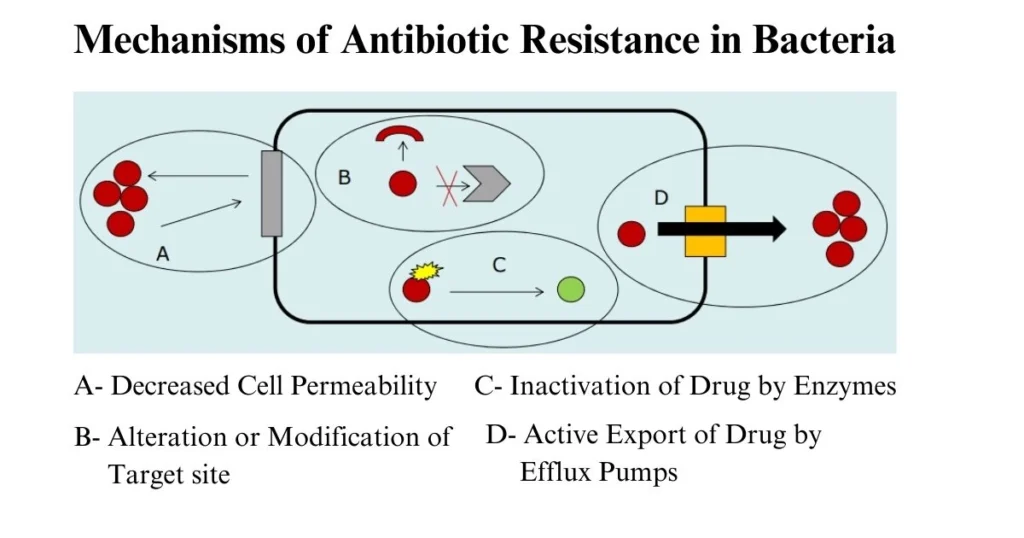
However, these mechanisms of antibiotic resistance are acquired by bacteria through following mechanisms of antibiotic resistance
Genetic mutations
While developing antibiotic resistance or acquired resistance, mechanisms of antibiotic resistance, bacteria does this by development of genetic mutations within bacterial chromosome during replication which cause changes in sequence bacterial DNA or genes encoding proteins and enzymes that inactivate antibiotics hence confer antibiotic resistance. However, mutations may also occur by external factors e.g. radiation, chemicals, or viruses. There are two types of mutation
1. Endogenous mutations
Endogenous mutations occur naturally due to errors in DNA replication or repair mechanisms during process of cell division which lead to genetic variation within a population.
2. Vertically transmitted mutations
Vertically transmitted mutations are the type of mutations transferred from parent to offspring through the germ cells .These may occur in either the egg or sperm cell and then inherited by daughter cell. Vertically transmitted mutations may be
Both types of mutations play important role in evolution by providing genetic diversity which leads to development of new traits or adaptations. However, mutations can also be dangerous as they may lead to genetic diseases or may confer antibiotic resistance as well.
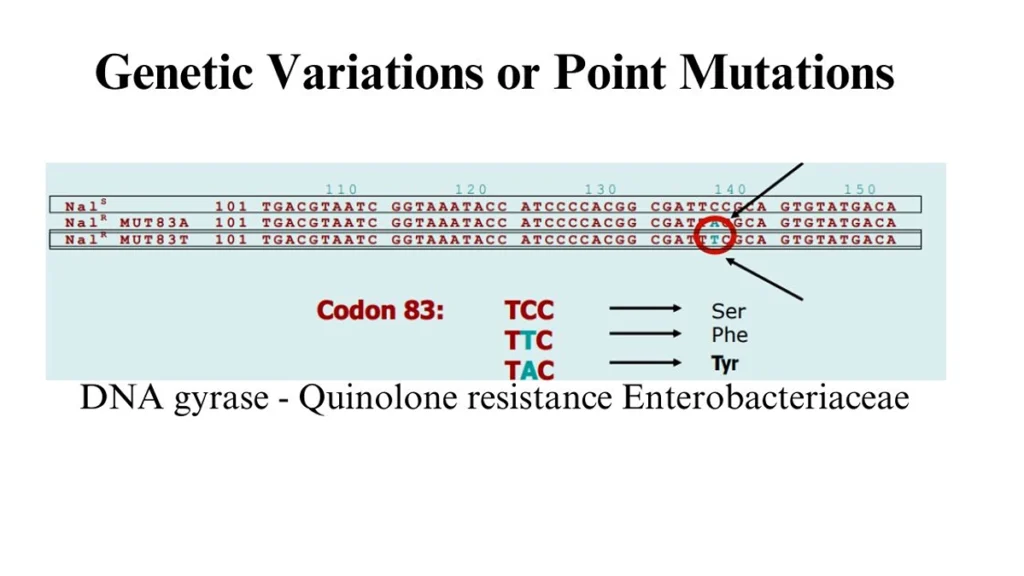
Horizontal gene transfer
While developing antibiotic resistance, mechanisms of antibiotic resistance, bacteria may acquire resistance genes through mechanism called “horizontal gene transfer” when bacteria transfer genetic material, such as plasmids or transposons carrying antibiotic resistance genes.
However, horizontal gene transfer is the transfer of DNA or genes between two different bacteria which are not genetically related by descent unlike vertical transmission of genes from parent bacterial cell to daughter cell. It may introduce new traits in bacterial genome and it is very common mechanism in bacteria to confer antibiotic resistance. Due to its role in spread of antibiotic resistance, this mechanism has attained special attention to understand the mechanisms and consequences of this process.
Horizontal gene transfer occur through several mechanisms including
1. Transformation
Transformation is a process in which bacteria take up free DNA from the environment and incorporate that DNA into their own genome to acquire new traits e.g. antibiotic resistance.
2. Transduction
In this process bacterial DNA is transferred from one bacterium to another by bacteriophage virus. Bacteriophage infects bacteria and replicated its DNA by hijacking genetic machinery of bacteria. In the process, the bacteriophage may incorporate a bacterial DNA in its genome which is transferred to other bacteria when bacteriophage infects other bacteria, including any antibiotic resistance genes that it may contain resulting in spread of antibiotic resistance genes.
3. Conjugation
In this process bacteria transfer genetic material including plasmids carrying antibiotic resistance genes between bacteria. During conjugation, bacterium having plasmid with antibiotic resistance genes forms a pilus with other bacteria and through pilus transfer antibiotic resistance genes.
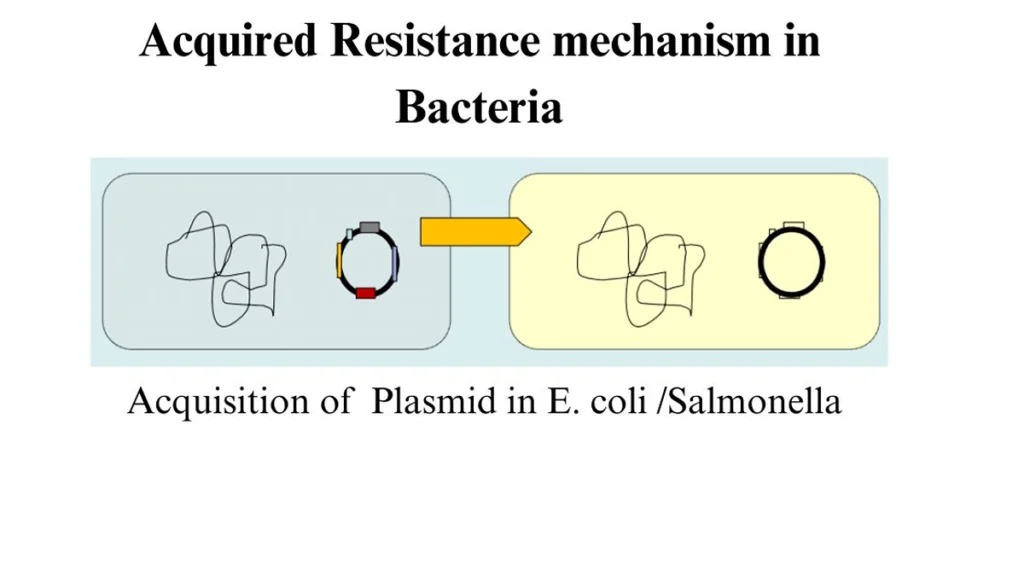
Natural Selection
It can also play its role in acquiring resistance genes through selective pressure in bacteria which are exposed to antibiotics. Selective pressure of the drug favors the survival of resistant bacteria and overtime only resistant bacteria proliferate in that environment where antibiotic use is high.
